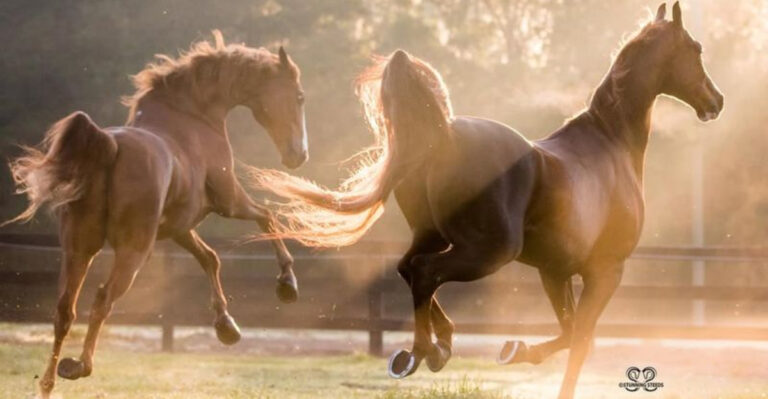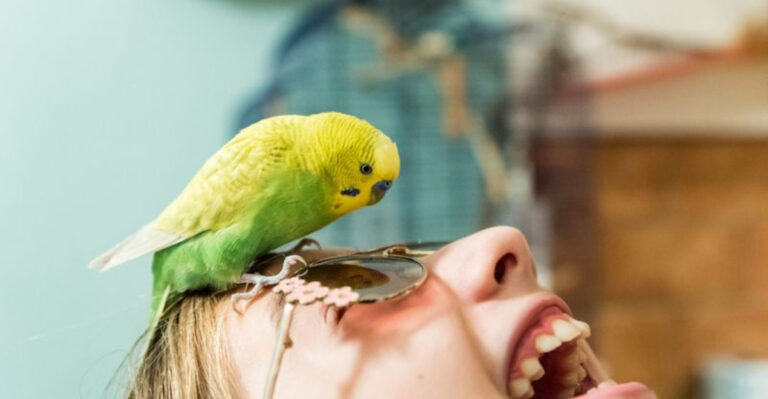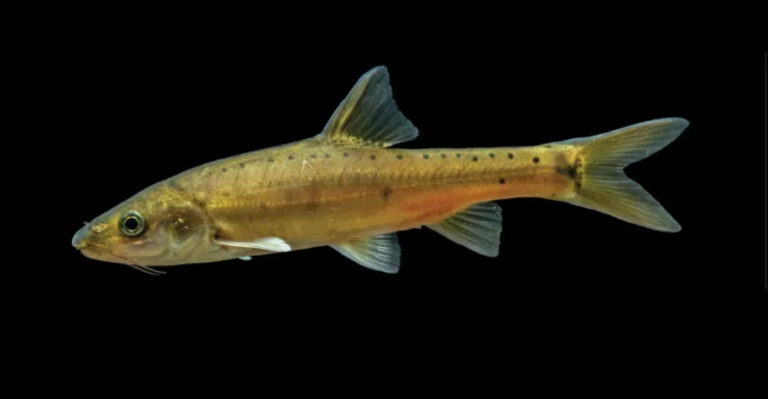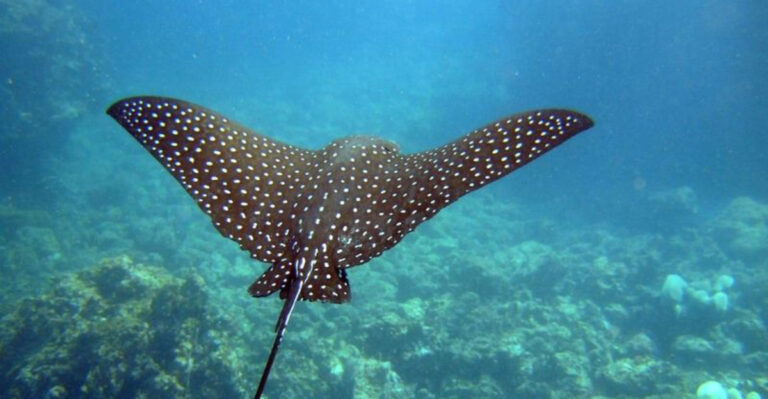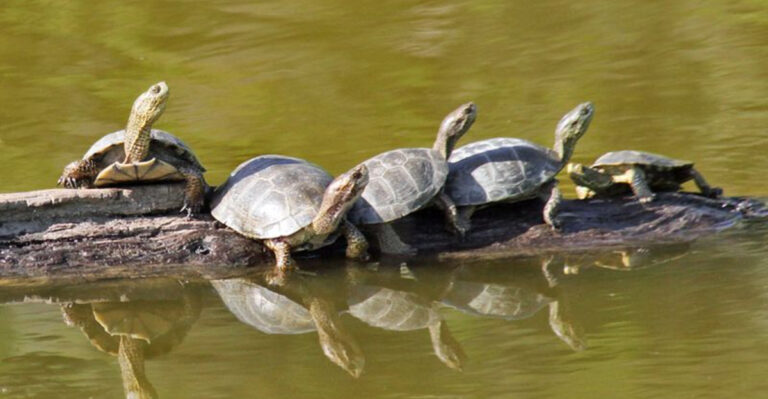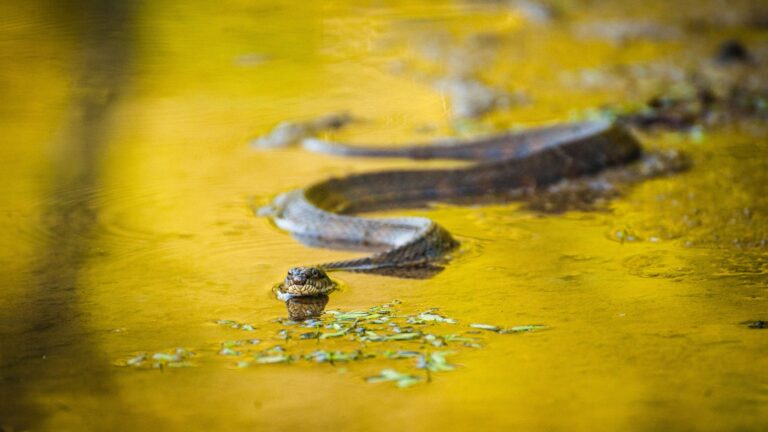26 Epic Moments When Snakes Faced Their Opponents
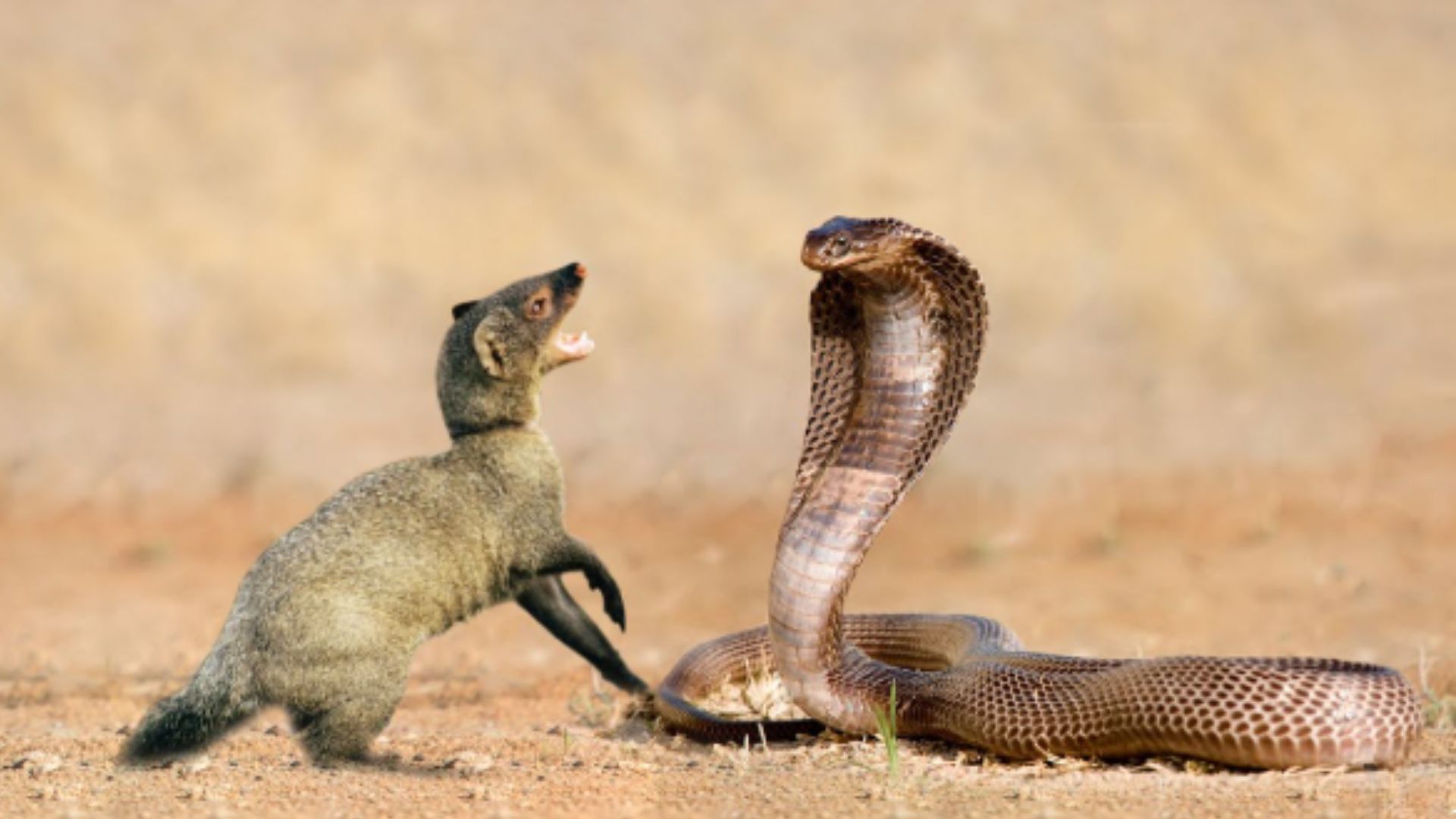
Snakes are often seen as apex predators in the animal kingdom, but there are times when they meet their match in the wild.
From fierce rivals to cunning adversaries, these encounters showcase the incredible dynamics of nature. Here, we explore fascinating instances where snakes encountered formidable foes, highlighting the diversity and unpredictability of wildlife interactions.
1. Lynx
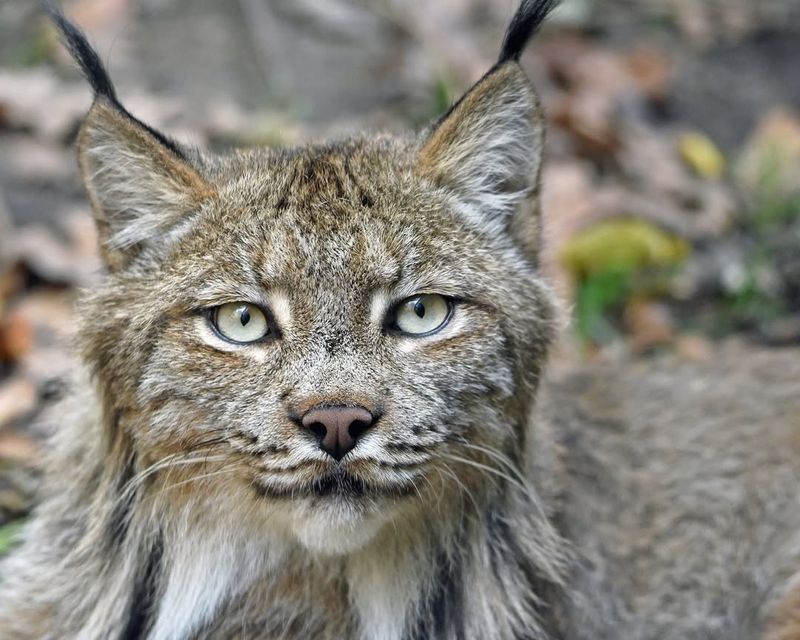
Known for its sharp claws and agility, the Lynx is a formidable predator that occasionally finds itself in a showdown with snakes, particularly rattlesnakes.
Despite the venomous threat, the Lynx’s fast reflexes and keen eyesight help it avoid strikes and overpower the snake. Its ability to swiftly pin down and dispatch larger prey makes it a fearsome opponent to any snake that crosses its path.
2. Wildcat
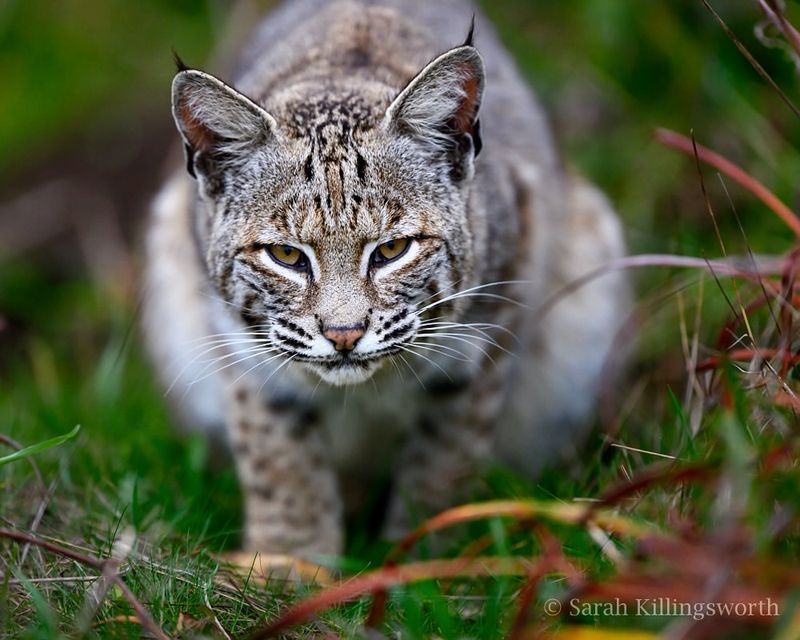
The Wildcat, a distant relative of the domestic cat, is a skilled hunter that can take on various reptilian opponents, including snakes.
These stealthy predators use their sharp claws and quick reflexes to subdue snakes in the wild. With their ability to move silently and strike with precision, Wildcats pose a real threat to snakes, often ambushing them with little warning.
3. Mongoose
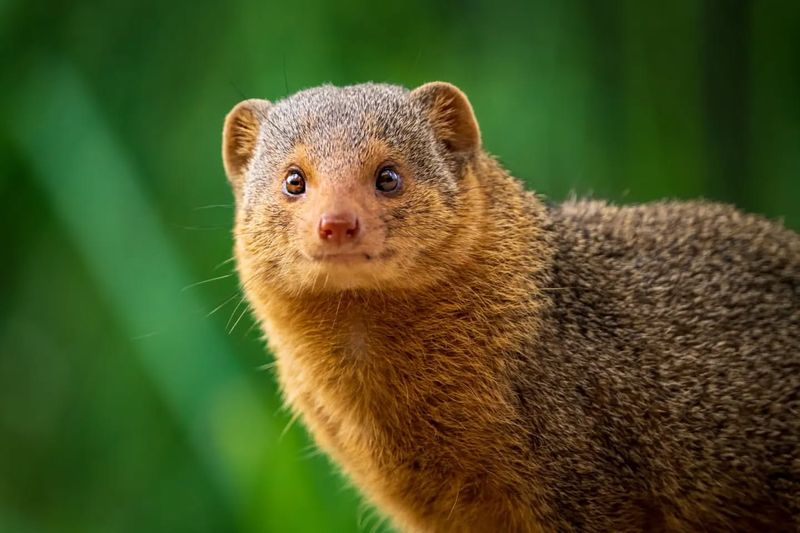
Known for their fearless nature and quick reflexes, mongooses are skilled hunters, particularly when it comes to confronting venomous snakes.
Their agility allows them to dodge strikes, and their thick fur provides some protection against snake bites. Mongooses have an incredible tolerance to venom, making them a formidable predator for snakes like cobras, which they can outmaneuver with ease.
4. Honey Badger
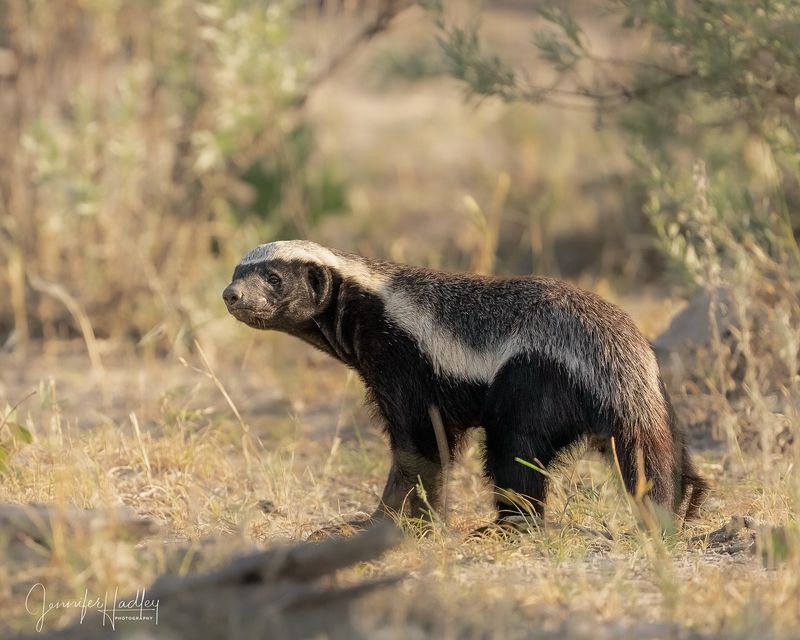
The honey badger, famed for its tenacity and resilience, is notorious for taking on creatures much larger than itself, including venomous snakes.
With tough, thick skin that can withstand bites, the honey badger will attack snakes without hesitation, even in the face of danger. Its incredible pain tolerance and aggressive attitude make it a worthy adversary to any snake it encounters in the wild.
5. Secretary Bird
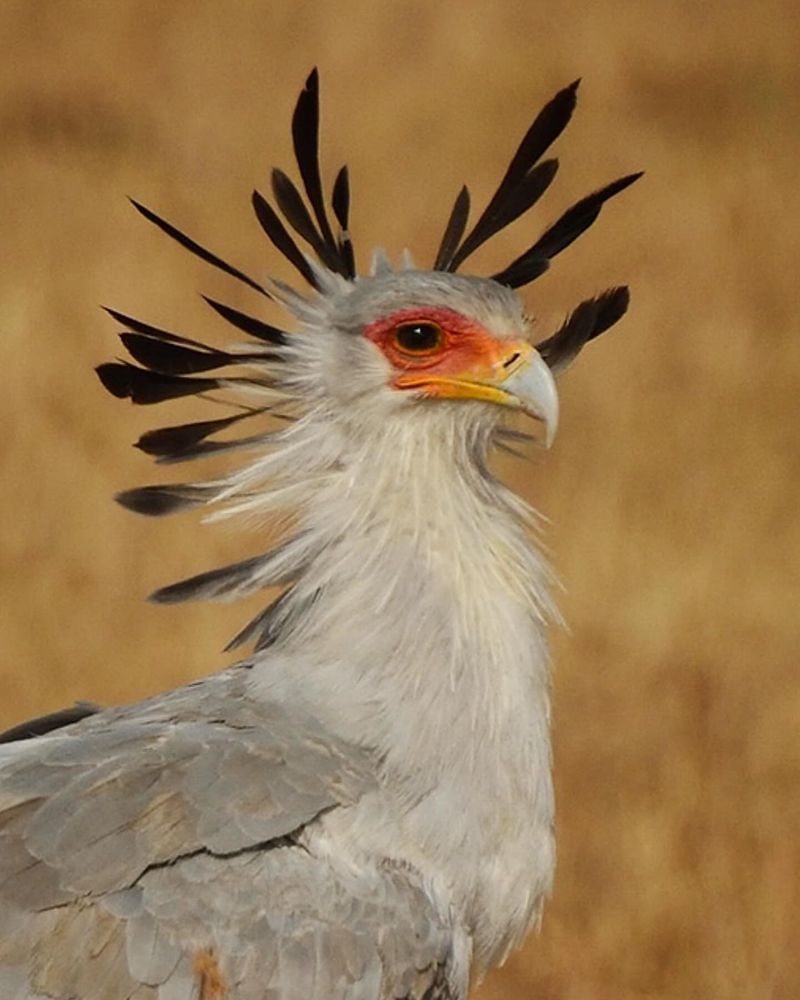
This large bird of prey, native to Africa, is known for its ability to hunt venomous snakes. Equipped with long, strong legs, the secretary bird delivers powerful kicks to immobilize or kill snakes.
It targets snakes by stomping on them, sometimes in rapid succession, to ensure the reptile is defeated before it can strike back. The secretary bird’s skillful hunting techniques make it one of the most effective snake predators.
6. King Cobra
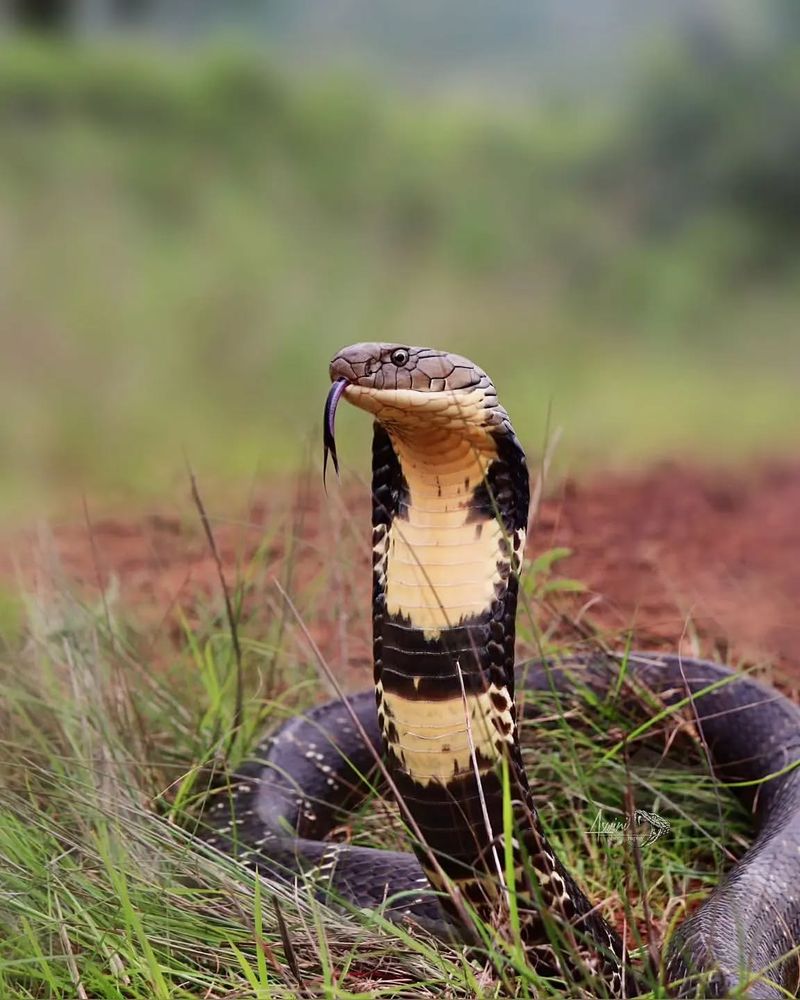
As one of the largest venomous snakes in the world, the king cobra is capable of taking on and consuming other snakes, including some venomous species. Its strength, size, and long reach allow it to overpower even the most dangerous of snakes.
The king cobra’s natural abilities as a predator make it a fearsome match for other reptiles, especially those it can overpower with its venomous bite.
7. Hedgehog
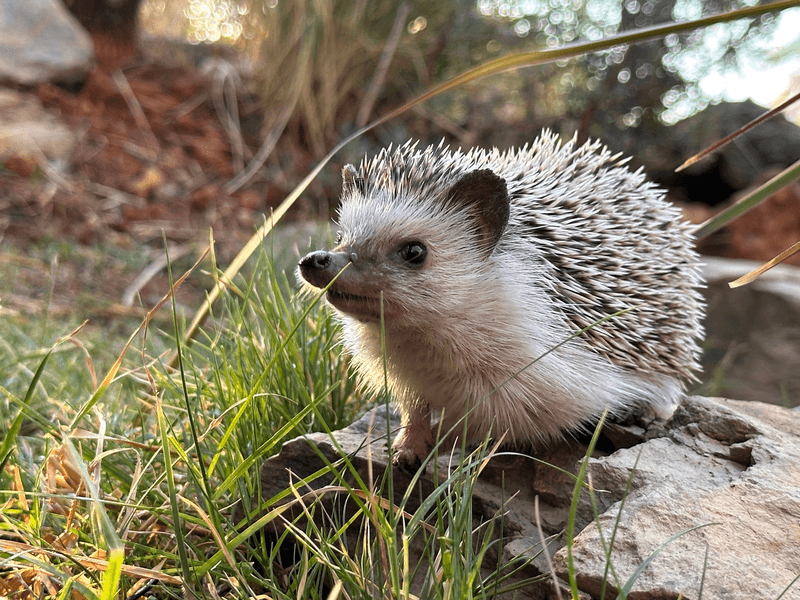
While hedgehogs may seem like small, defenseless creatures, they are capable of fending off snakes with their spiky defenses.
When threatened, hedgehogs curl into tight balls, presenting their sharp spines to predators, including snakes. Although they aren’t natural hunters of snakes, their ability to deter attacks through their spines is enough to keep them safe from snake bites.
8. Owl
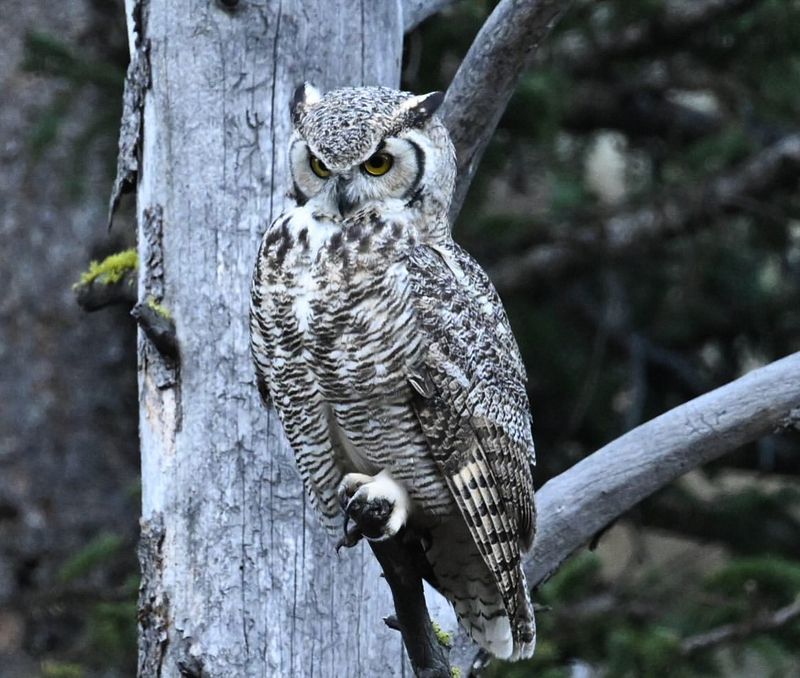
Owls are skilled nocturnal hunters and have the ability to catch a wide variety of prey, including snakes. Their silent flight allows them to swoop down and catch snakes off guard, often with great precision.
Owls are particularly adept at hunting snakes that are active during the night, using their sharp talons and beaks to quickly dispatch their slithering prey.
9. Eagle
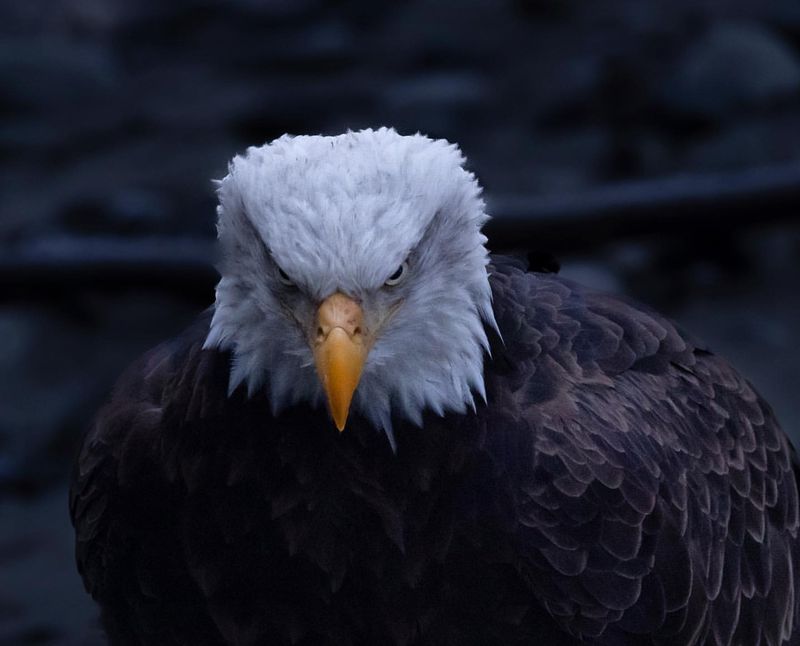
Eagles, with their keen eyesight and powerful talons, are capable of capturing and killing snakes, especially those that live in open areas.
The eagle uses its sharp talons to snatch up snakes from the ground, using its strength and agility to overpower the reptile. Known for their impressive hunting skills, eagles have a well-earned reputation for tackling dangerous prey, including venomous snakes.
10. Roadrunner
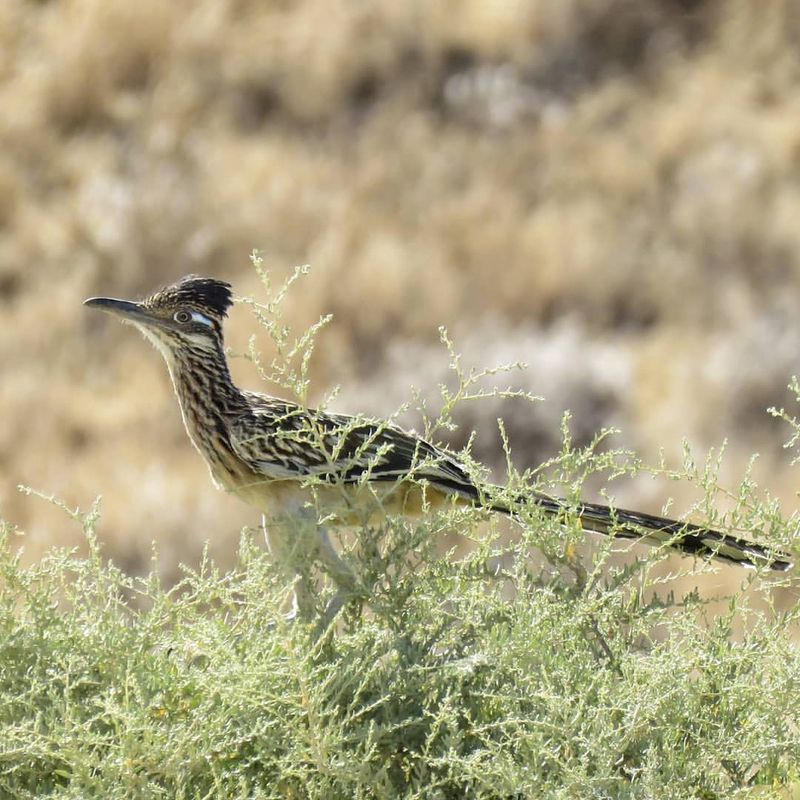
The roadrunner, a fast and agile bird, has been known to take on and defeat snakes, especially rattlesnakes, in the wild.
Using its speed and quick reflexes, the roadrunner darts around the snake, pecking at its head until it is immobilized. This clever bird is capable of outmaneuvering even the most dangerous of snakes, making it a natural snake predator.
11. Wild Boar
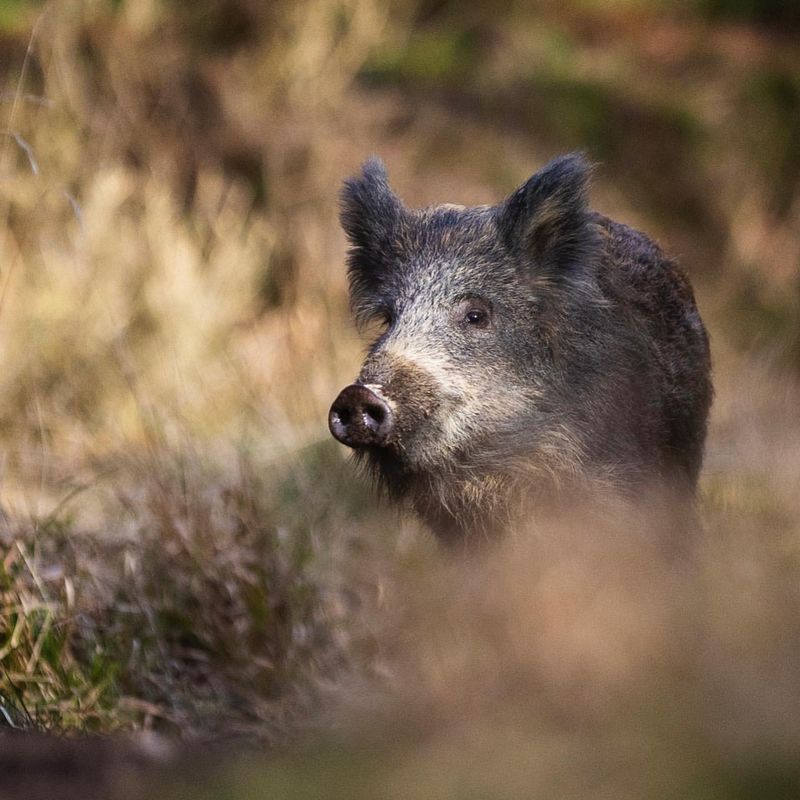
Wild boars are powerful animals that can be a serious match for many predators, including snakes. With their tough hides and strong tusks, wild boars can withstand snake bites and use their powerful jaws to crush and kill snakes.
They are often seen rooting through areas where snakes live, and their size and strength make them formidable opponents to any snake that tries to attack.
12. Fox
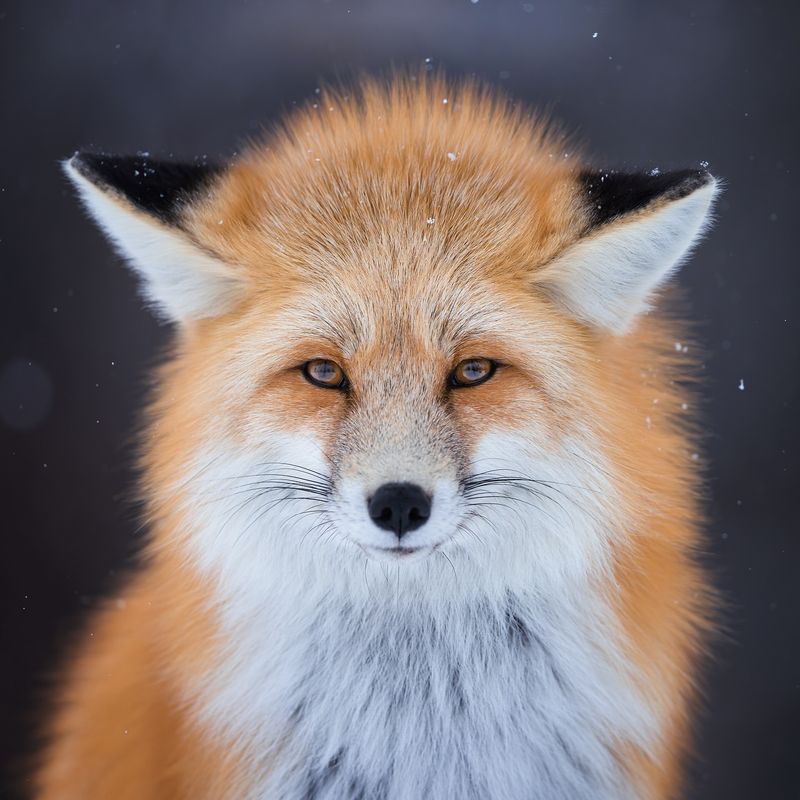
Foxes are known for their cunning and agility, and they often find themselves in situations where they have to confront snakes. Using their quick reflexes and sharp claws, foxes can easily overpower smaller snakes.
They rely on their intelligence and agility to avoid bites and to kill the snake quickly, making them skilled snake hunters in the wild.
13. Coyote
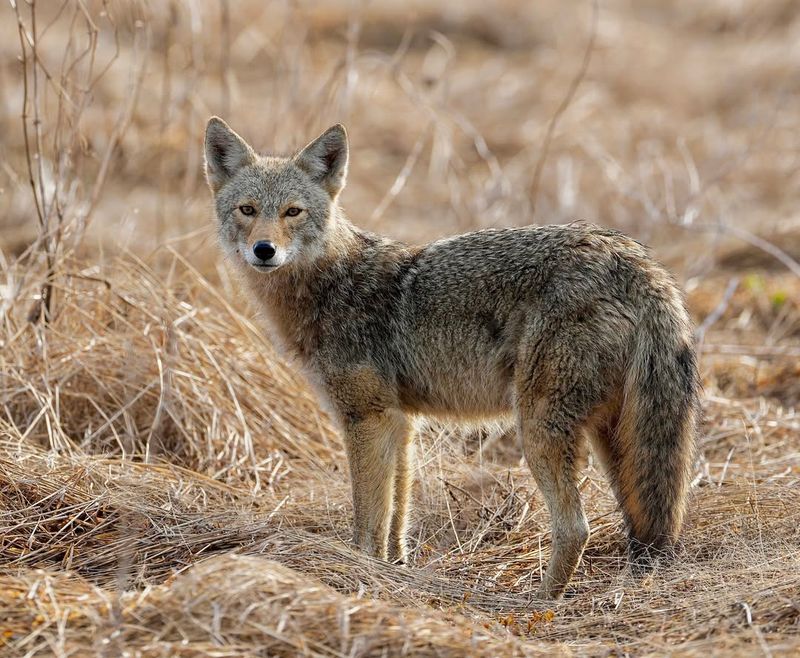
Coyotes are opportunistic predators that will readily take on snakes when the opportunity arises.
Their sharp teeth and fast reflexes allow them to catch snakes with ease, and their ability to adapt to various environments helps them outsmart and overpower their slithering prey.
Coyotes often hunt alone or in pairs, making them effective hunters of snakes in their range.
14. Bobcat
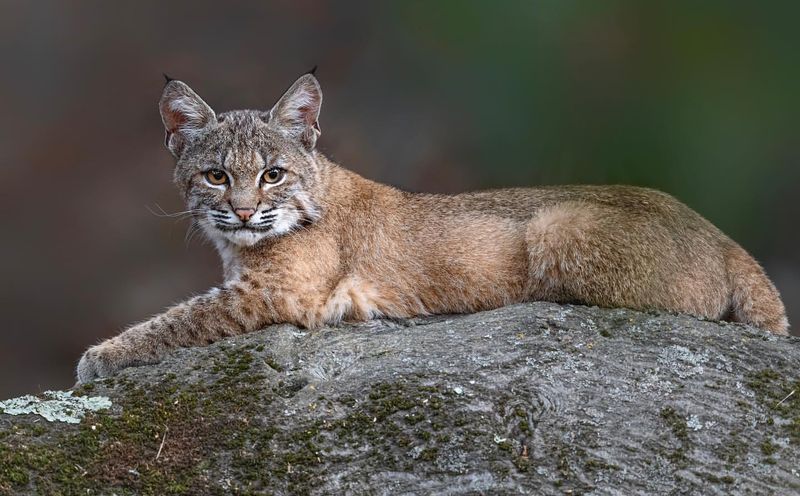
Bobcats are stealthy and skilled hunters that often come across snakes in their natural habitat. Their powerful limbs and sharp claws allow them to strike quickly and overpower snakes.
Bobcats can be seen stalking their prey, using their sharp senses and agility to avoid snake bites while catching and killing their prey swiftly.
15. Lion
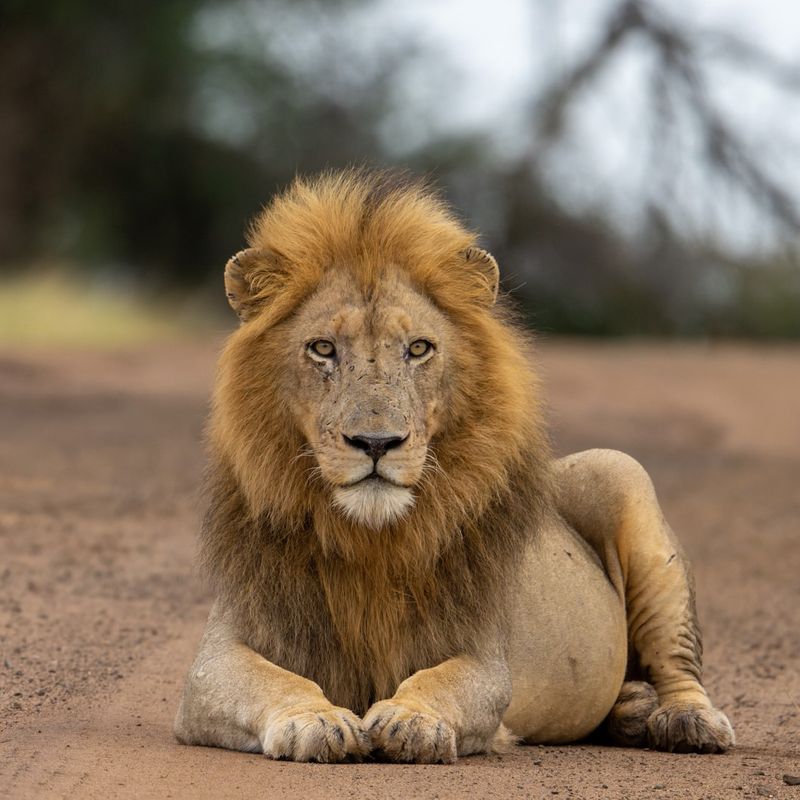
With their incredible strength and commanding presence, lions are more than capable of taking on snakes in their natural habitat.
Equipped with sharp claws and powerful jaws, they can quickly dispatch snakes, particularly when defending their territory or young. Though lions typically hunt larger prey, they are skilled enough to deal with the occasional snake encounter.
16. Wolverine
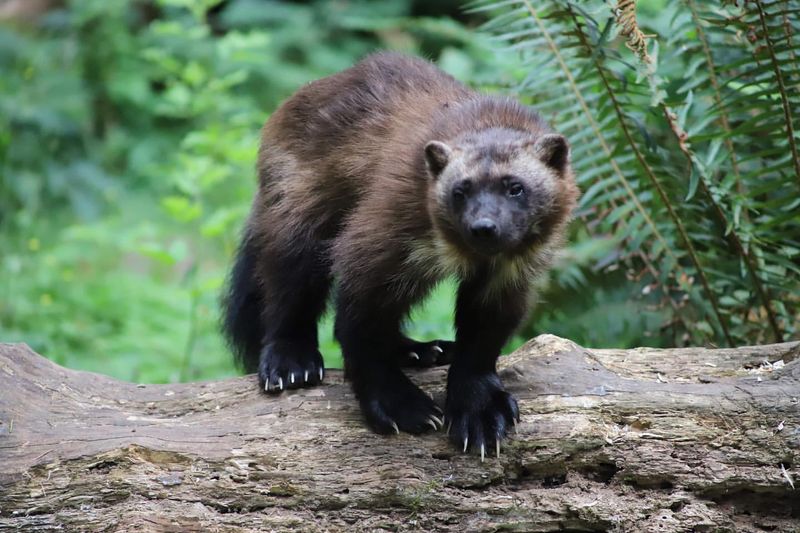
Wolverines are known for their strength, ferocity, and determination, and these traits make them excellent opponents for snakes. Their thick fur helps protect them from venomous bites, while their powerful jaws and sharp claws allow them to tackle and kill snakes.
Wolverines are relentless in their pursuit of food, and their ability to take on dangerous prey, including snakes, makes them one of nature’s toughest creatures.
17. Crocodile
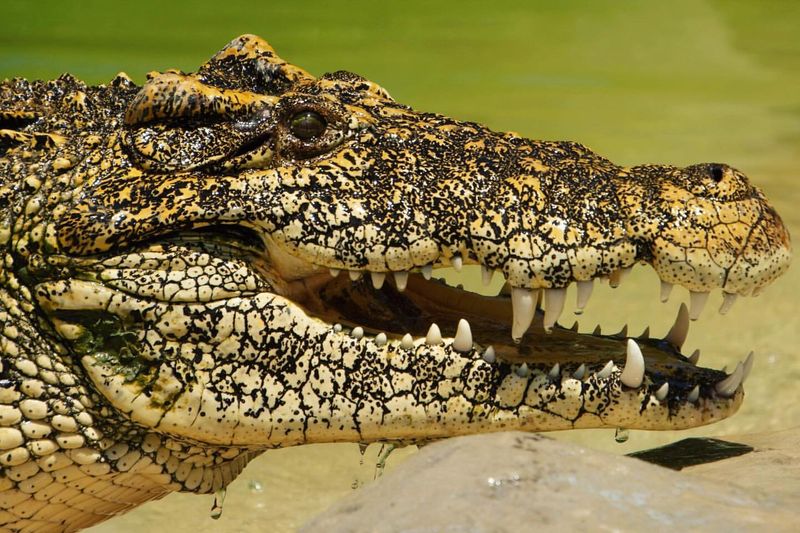
Crocodiles, large and powerful reptiles, are natural predators of snakes, particularly those that venture near water. Their immense strength and sharp teeth allow them to overpower snakes with ease, and they often lie in wait for an opportunity to catch their prey.
Crocodiles are capable of striking quickly and effectively, making them formidable adversaries to any snake that enters their territory.
18. Monitor Lizard
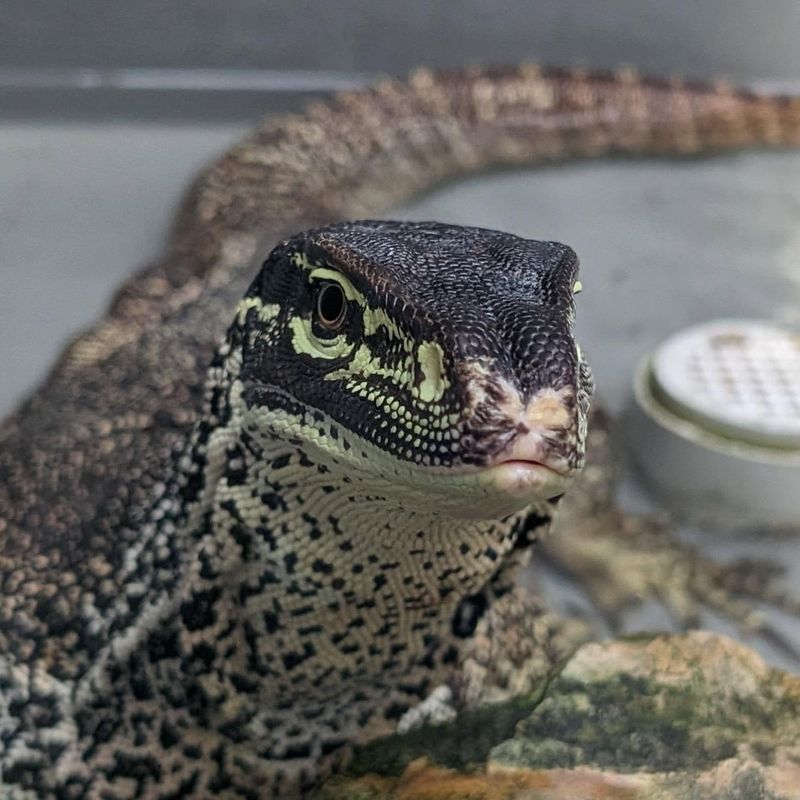
Monitor lizards, especially larger species like the Komodo Dragon, are capable of hunting and killing snakes. With sharp claws, powerful jaws, and quick reflexes, monitor lizards can overpower snakes by biting them or using their agility to avoid strikes.
Their hunting strategies make them one of the more effective predators of snakes, particularly in areas where both reptiles coexist.
19. Tiger
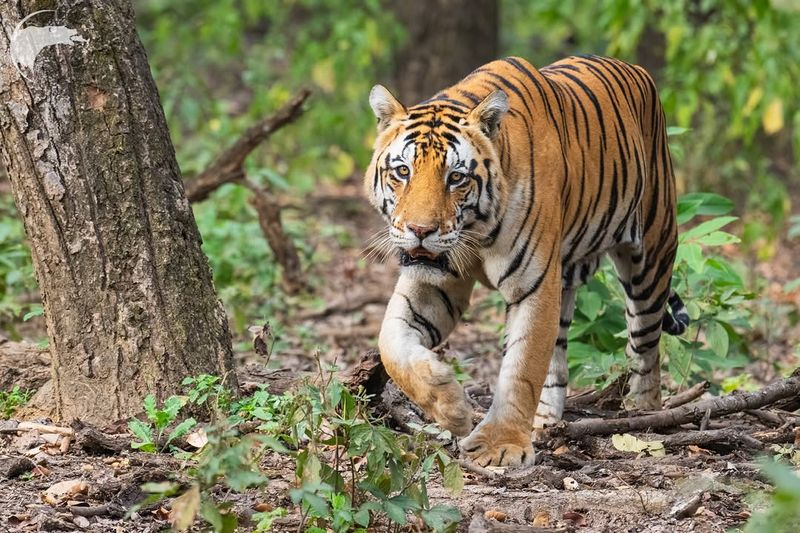
As apex predators, tigers possess the strength, speed, and agility to tackle and defeat nearly any animal, including snakes.
Their powerful jaws and keen hunting instincts allow them to swiftly overpower reptiles, including venomous ones. Tigers often use their agility to outmaneuver snakes, striking with precision and force when the opportunity arises.
20. Civet
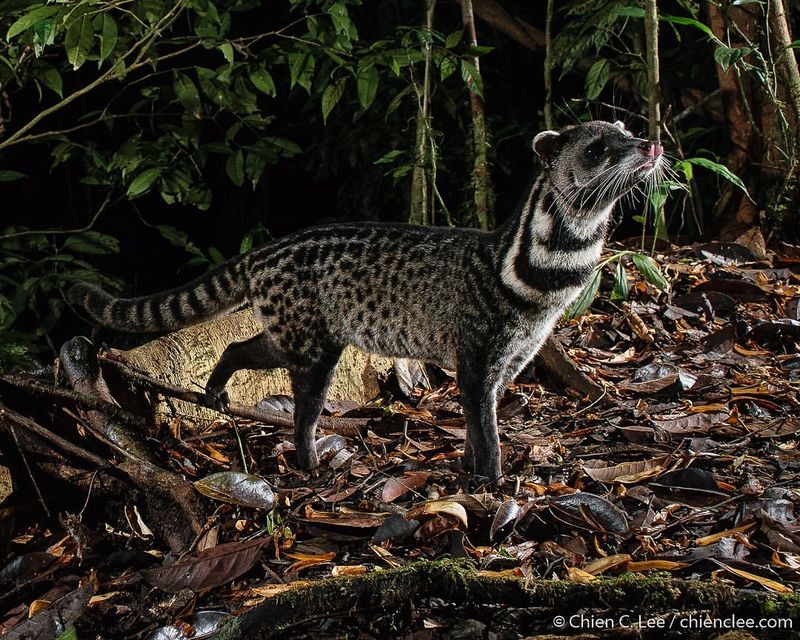
Civets are small, agile mammals known for their ability to hunt snakes. Using their quick reflexes, civets often capture and kill snakes by biting them at the head or neck.
Their ability to navigate through dense underbrush and avoid snake strikes makes them a competent snake hunter in their natural habitats.
21. Caiman
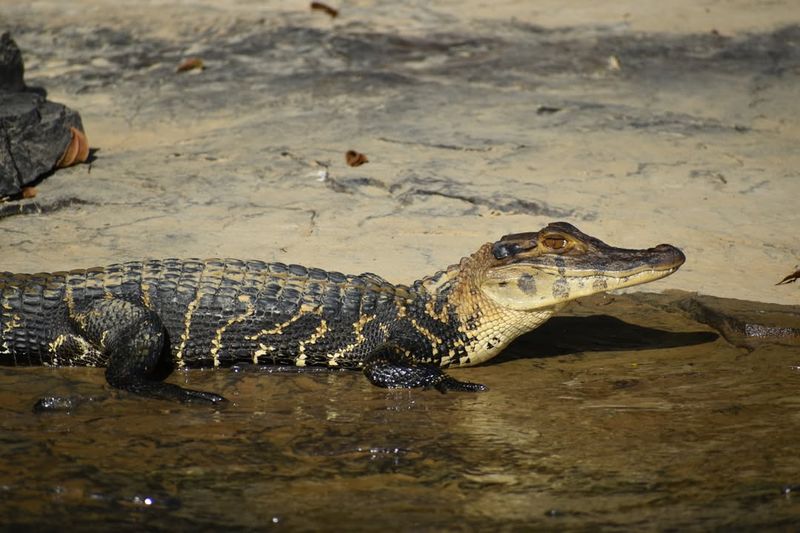
Caimans, which are closely related to crocodiles, are powerful reptiles capable of taking on snakes that venture near the water.
With their strong jaws and tough, armored bodies, caimans can overpower snakes with ease. Their natural hunting ability and aquatic lifestyle allow them to catch and consume snakes that cross into their territory.
22. Peacock
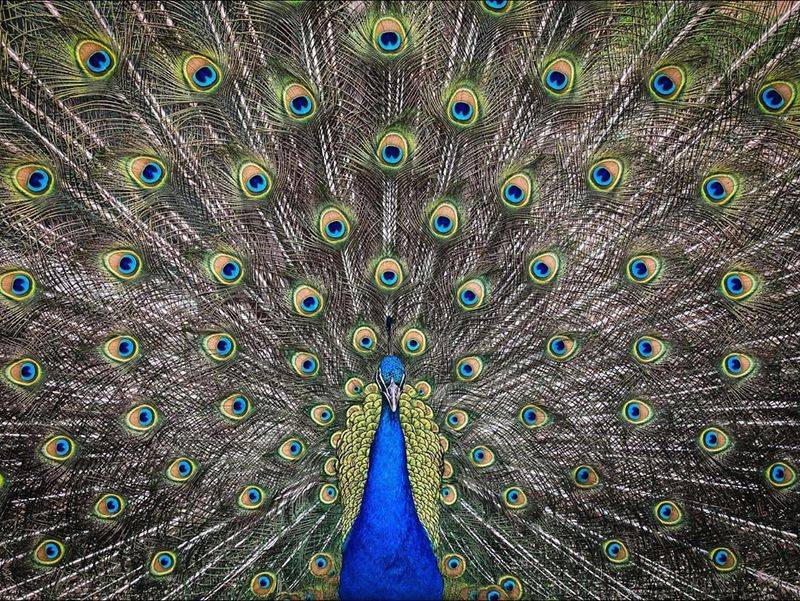
While known for their vibrant feathers and impressive displays, male peacocks are also capable of defending themselves against snake attacks.
They utilize their sharp claws and powerful kicks to ward off snakes that threaten their nests or territory. Their ability to stand their ground and fight back makes them capable of deterring potential snake predators.
23. Jackal
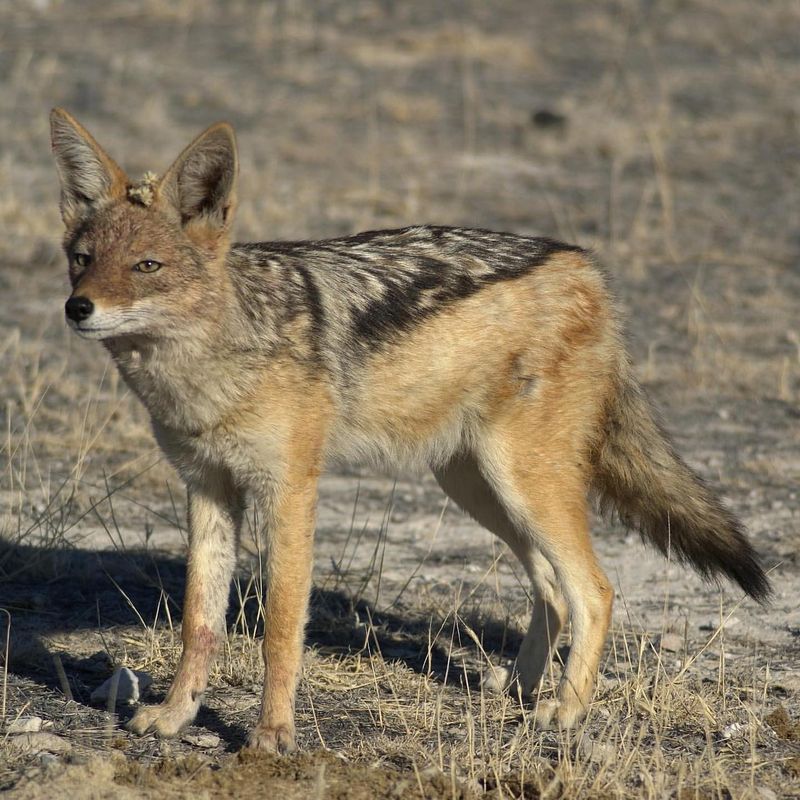
Opportunistic hunters by nature, jackals are quick and agile, making them adept at dealing with snakes. When confronted with a snake, they use their agility and sharp teeth to overpower smaller snakes.
Their keen senses and fast reflexes help them avoid strikes and outmaneuver snakes, ensuring they come out on top in these encounters.
24. Heron
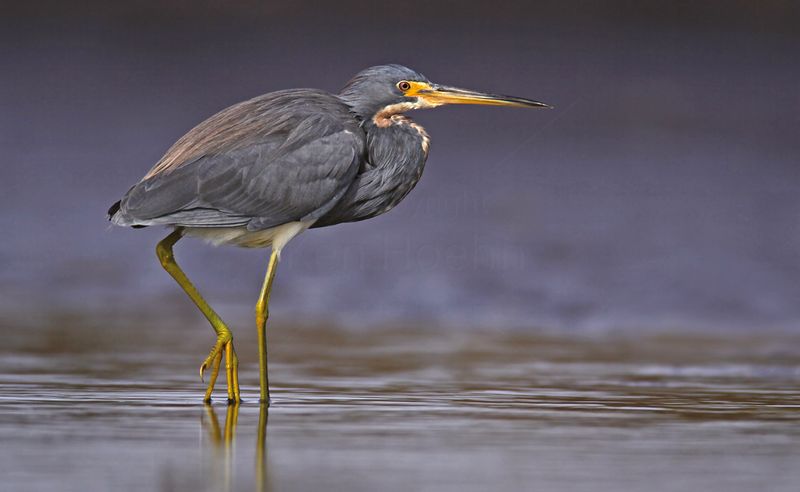
Masterful hunters of the wetlands, herons are equipped with long, sharp beaks and impressive patience, making them skilled at catching and killing snakes.
With their sharp eyesight and ability to remain still for long periods, they strike at snakes with precision, often capturing them in a single, well-aimed lunge.
25. Armadillo
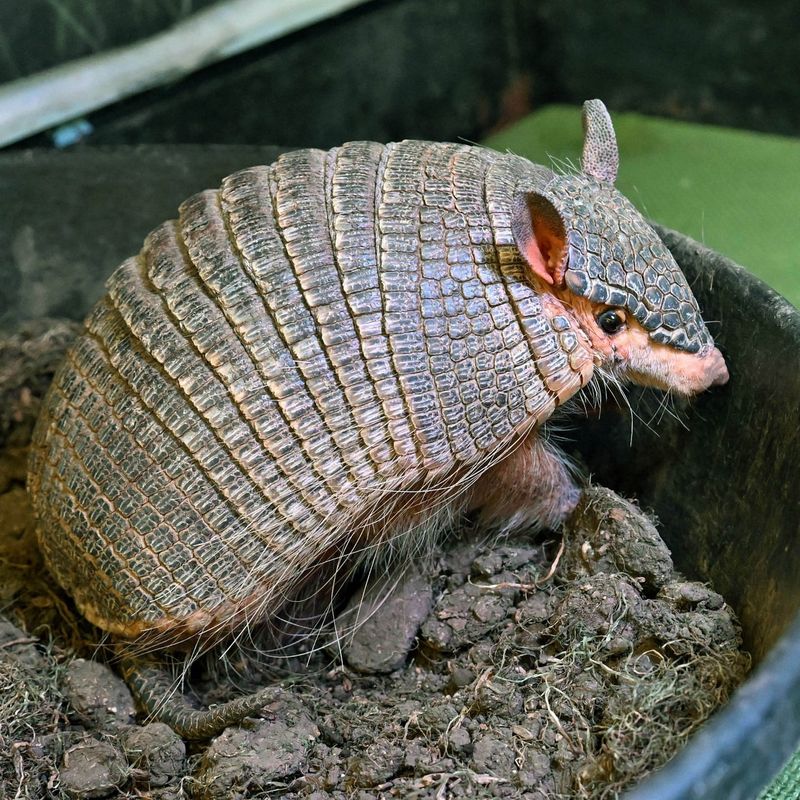
Armadillos’ unique armor provides them with natural protection against snake bites. When threatened, they can curl into a tight ball, effectively shielding themselves from attacks.
This physical defense, combined with their ability to navigate through their environments, allows them to survive encounters with snakes and other predators in the wild.
26. Cane Toad
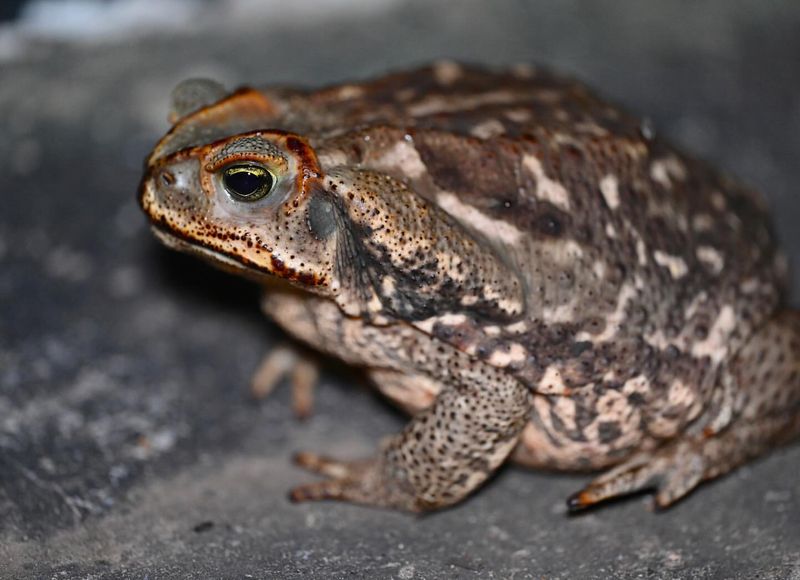
Though not an active predator, the Cane Toad’s toxic skin serves as an effective defense against snakes. The potent toxins released when a snake bites the toad can be lethal, making the toad a dangerous opponent for snakes.
This adaptation allows the Cane Toad to deter snakes from attacking, providing a survival advantage in regions where both species coexist.

